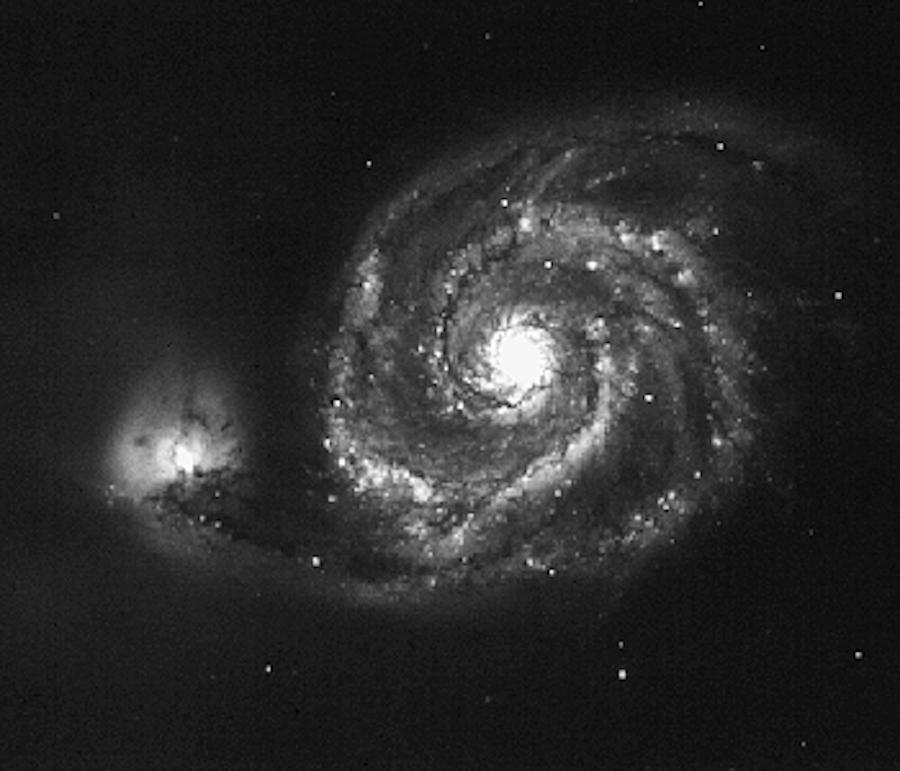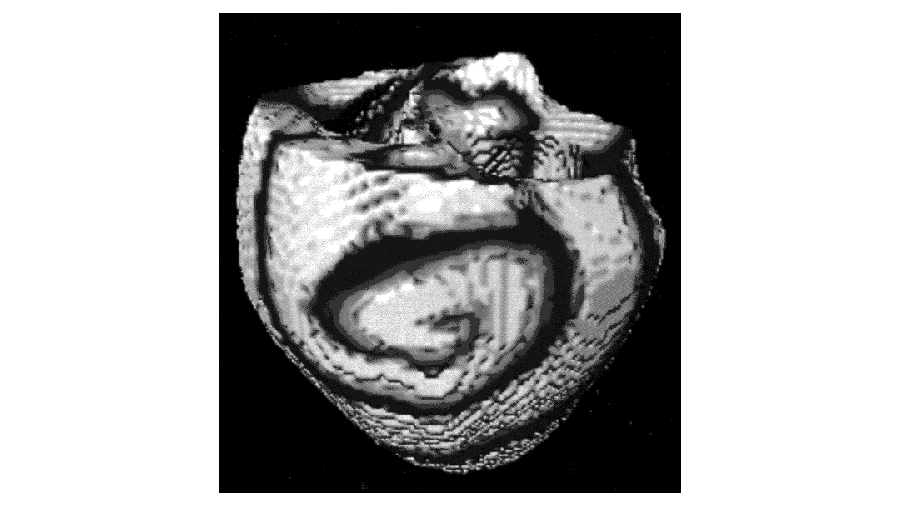The onset of pattern formation phenomena in nonequilibrium systems results from the interplay between local dynamical processes and diffusive transport (Cross and Hohenberg, 1993). The most studied examples are provided by autocatalytic chemical reactions: Belousouv-Zhabotinsky reaction (Belousov, 1958, Zhabotinsky, 1970), CDIMA (Lengyel et al., 1990), but such structures appear in physically diverse systems: one´s fingerprints, stripes of a tiger or zebra, spots of a leopard (see Murray, 1989), galaxies and stars (Nozakura e Ikeuchi, 1984), nerve conduction (Hodgkin and Huxley, 1952), heart muscle (Davidenko et al., 1992), aggregating slime-mould cells... All these examples belong to the same class of reaction-diffusion systems..



What the first examples differ from the last ones, is that while in the formers stationary patterns (Turing, 1952) emerge, in the latters travelling wave patterns (Winfree, 1972) propagate instead. All these patterns arise in systems that are dissipative and driven far from equilibrium by some external stress. They are spatially extended because the spatial size of the system in at least one direction is much larger thant the pattern wavelength l. The dissipative nature of the system means that, for small values of the external strees parameter, the spatially and temporally uniform state of the system is stable. As the stress is increased, the uniform state can become unstable to perturbations of a certain wavelength or amplitude. In this way, the system overcomes dissipation and the state of the system changes abruptly and qualitatively at this critical value of the stress parameter. Nonlinearity is the responsible of this self-organization and order, resulting in a pattern.
Regarding non stationary patterns, there exists different class of systems depending on the number of stationary states (stable and unstable) of the local dynamics (without the spatial degree), namely bistable (two stable points), oscillatory (one unstable point) and excitable (one stable point). The most dramatic examples of self-organization take place in excitable media in the form of self-excited waves (or autowaves from the russian literature).
References:
- Cross M.C. and Hohenberg P.C., Rev. Mod. Phys. 65 (1993) 851-1112.
- Belousov B.P. in: Collections of Abstracts on Radiation Medicine (Medgiz, Moscow, 1958) p. 145.
- Zaikin A.N. and Zhabotinsky A.M., Nature 225 (1970) 535-.
- Murray, J.D., Mathematical Biology, Springer, Berlin, 1989.
- Hodgkin A.L. and Huxley A.F., J. Physiol. 117 (1952) 500-.
- Davidenko J.M., Pertsov A.V., Salomonsz R., Baxter, W. and Jalife J., Nature 355 (1992) 349-351.
- Turing A.M., Philos. Trans. R. Soc. London B 327 (1952) 37-72.
- Winfree A.T. Science 175 (1972) 634-.
- Nozakura T. and Ikeuchi S., Astropys. J. 279, (1984) 40-42.
- Lengyel I., Rábai G., Epstein I.R., J. Am. Chem. Soc. 112, (1990) 4606-4607.